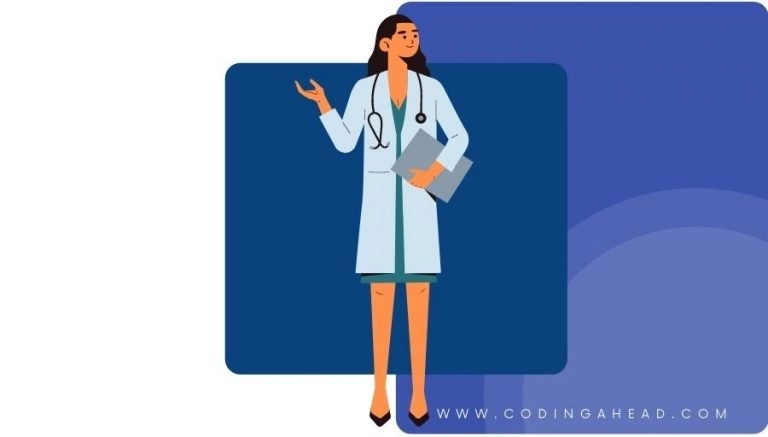How To Use CPT Code 72084
CPT 72084 describes the radiologic examination of the entire thoracic and lumbar spine, including the skull, cervical spine, and sacral spine if performed. This article will cover the description, procedure, qualifying circumstances, appropriate usage, documentation requirements, billing guidelines, historical information, similar codes and billing examples.
1. What is CPT Code 72084?
CPT 72084 can be used to describe a radiologic examination of the entire thoracic and lumbar spine, including the skull, cervical spine, and sacral spine if performed. This code is used when a minimum of six X-ray images are taken from different projections to evaluate the patient for spine abnormalities, such as scoliosis.
2. Official Description
The official description of CPT code 72084 is: ‘Radiologic examination, spine, entire thoracic and lumbar, including skull, cervical and sacral spine if performed (eg, scoliosis evaluation); minimum of 6 views.’
3. Procedure
- The provider positions the patient on an X-ray table.
- At least six X-ray images are taken from different directions, including the entire thoracic and lumbar spine.
- The images may also include the skull, cervical spine, and sacrum.
- The provider ensures that each view taken is clearly described in the documentation, including the patient’s body position and the projection of the X-ray.
4. Qualifying circumstances
CPT 72084 is used for patients who require a radiologic examination of the entire thoracic and lumbar spine, including the skull, cervical spine, and sacral spine if performed. This code is typically used to evaluate patients for spine abnormalities, such as scoliosis. The provider must take a minimum of six X-ray views from different directions to qualify for this code.
5. When to use CPT code 72084
CPT code 72084 should be used when a provider performs a radiologic examination of the entire thoracic and lumbar spine, including the skull, cervical spine, and sacral spine if performed. This code is appropriate when a minimum of six X-ray views are taken to evaluate the patient for spine abnormalities. It should not be used for single or fewer views of the entire back.
6. Documentation requirements
To support a claim for CPT 72084, the provider must document the following information:
- Description of each view taken during the radiologic examination
- Number of X-ray images taken
- Specific areas of the spine included in the examination (thoracic, lumbar, skull, cervical, sacral)
- Date of the examination
- Start and end time of the procedure
- Signature of the provider performing the examination
7. Billing guidelines
When billing for CPT 72084, ensure that the provider performs a radiologic examination of the entire thoracic and lumbar spine, including the skull, cervical spine, and sacral spine if performed. Use the appropriate number of views taken during the examination to determine the correct code. Append modifier 26 to the radiology code if reporting only the physician’s interpretation, and append modifier TC if reporting only the technical component. Be aware of payer policies regarding modifier TC for hospital services. If the provider renders both the professional and technical components, do not append any modifiers to the radiology code.
8. Historical information
CPT 72084 was added to the Current Procedural Terminology system on January 1, 2016. There have been no updates to the code since its addition.
9. Examples
- A provider performs a radiologic examination of the entire thoracic and lumbar spine, including the skull and cervical spine, for a patient with suspected scoliosis.
- A patient undergoes a radiologic examination of the entire thoracic and lumbar spine, including the skull and sacral spine, to evaluate for spine abnormalities.
- A provider takes a minimum of six X-ray views of the entire thoracic and lumbar spine, including the skull and cervical spine, to assess a patient’s spine condition.
- A radiologic examination of the entire thoracic and lumbar spine, including the skull and sacral spine, is performed on a patient with chronic back pain.
- A provider evaluates a patient for scoliosis by performing a radiologic examination of the entire thoracic and lumbar spine, including the skull and cervical spine.
- A radiologic examination of the entire thoracic and lumbar spine, including the skull and sacral spine, is conducted to assess a patient’s spine alignment after a traumatic injury.
- A provider takes a minimum of six X-ray views of the entire thoracic and lumbar spine, including the skull and cervical spine, to monitor the progression of a patient’s spine curvature.
- A radiologic examination of the entire thoracic and lumbar spine, including the skull and sacral spine, is performed on a patient with suspected spinal stenosis.
- A provider evaluates a patient’s spine for abnormalities by performing a radiologic examination of the entire thoracic and lumbar spine, including the skull and cervical spine.
- A radiologic examination of the entire thoracic and lumbar spine, including the skull and sacral spine, is conducted to assess a patient’s spine alignment before a surgical procedure.


